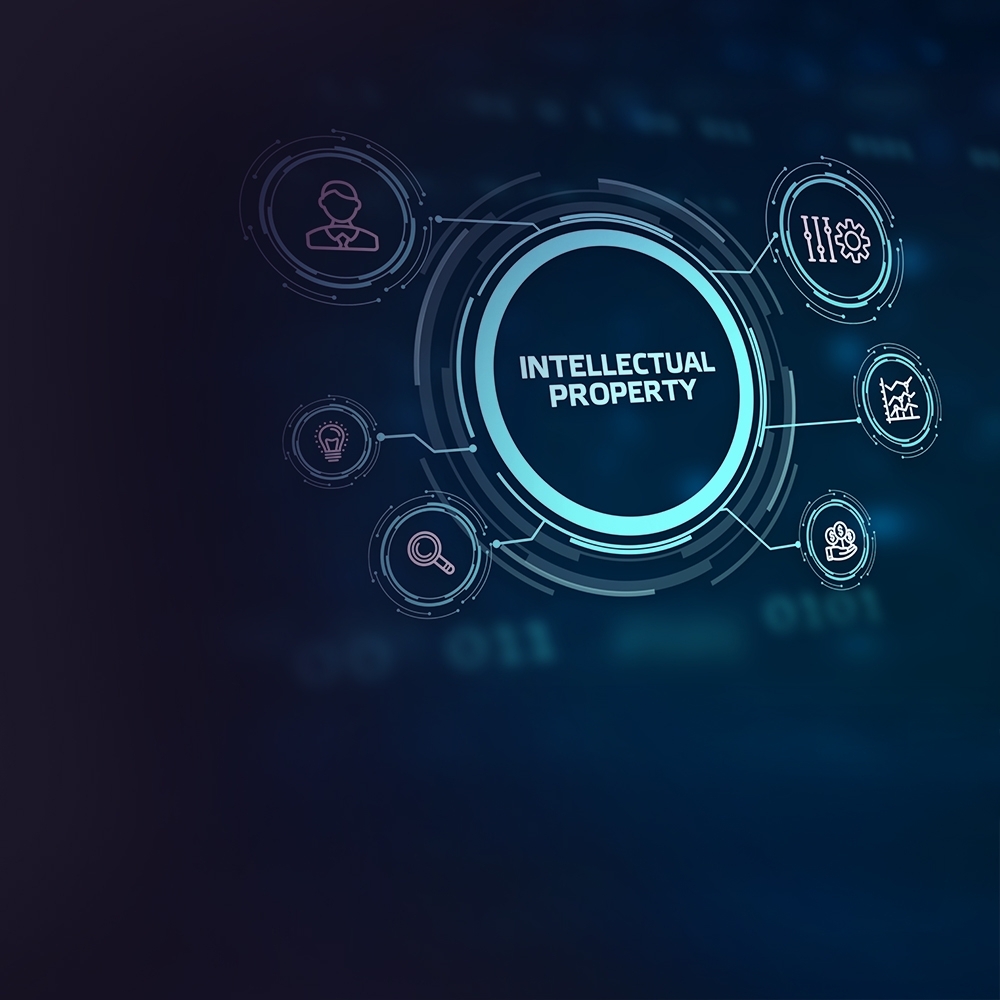13.11.2025
Following a sweltering summer, the demand for innovative cooling solutions in a nation built for drizzle has never been more apparent. Internationally, heatwaves have highlighted our collective vulnerability to rising temperatures and the need for more efficient, sustainable cooling technologies. For businesses this represents a significant opportunity in a rapidly expanding market to not just make our day-to-day lives cooler, but to meaningfully protect people against a changing climate.
Thank you
From residential air conditioning to industrial cooling systems, inventors are developing solutions that address both performance and environmental concerns. These solutions are often cross-disciplinary, involving advanced chemicals and materials, intelligent software systems, and efficient installation configurations.
What's particularly fascinating about this field is that innovation isn't limited to traditional cooling companies. From integrating cooling responses into the materials (even paint!) used in buildings and infrastructure, to grid-integrated cooling and demand responses of energy companies, a broad range of contributors are adapting to incorporate cooling technology into their work. This convergence of industries means that cooling benefits can emerge from unexpected sources, creating a rich ecosystem of patentable technologies. In this article we will cover the breadth of these technologies and discuss how it could affect your patent strategy.
Revolutionary materials represent perhaps the most exciting frontier in cooling technology patents. Phase change materials are transforming how we think about thermal regulation, with the development of compounds that can absorb and release substantial amounts of heat during melting and solidifying processes. These materials can be integrated into building materials, textiles, or standalone cooling devices, offering passive cooling solutions that require minimal energy input.
Aerogel-based insulation materials are another area seeing significant patent activity. These ultra-lightweight materials provide exceptional thermal resistance while maintaining structural integrity.
Metamaterials with engineered thermal properties are also emerging as patentable innovations. These artificially structured materials can manipulate heat flow in ways that natural materials cannot, potentially enabling the development of cooling surfaces that actively reject heat or materials that can direct thermal energy along predetermined paths.
Like most technology, modern cooling systems are beholden to the software that controls them. The integration of artificial intelligence and machine learning into cooling systems has opened entirely new avenues for innovation.
Smart grid integration software can communicate with utility providers to optimise cooling operation during peak demand periods, shifting energy consumption to off-peak hours or integrating with renewable energy sources. This is compounded by the development of thermoelectric devices that can be easily switched on and off without negatively affecting performance.
Predictive cooling algorithms that anticipate thermal loads are becoming increasingly sophisticated. Diagnostic and maintenance software is also presenting substantial opportunity. Systems that can predict component failures, optimise refrigerant levels, and schedule maintenance based on actual usage patterns rather than arbitrary timelines are revolutionising cooling system management.
While patents might conjure images of revolutionary, futuristic technology, the reality is often far more granular – and far more valuable. Some of the most impactful inventions come from finding solutions in less glamorous ways or incrementally increasing the efficiency of seemingly small components. These practical improvements can have enormous cumulative effects and are often easier to implement and commercialise than breakthrough technologies.
The physical arrangement, placement, and installation methodology of cooling systems can thus be as innovative as the technologies themselves. Modular cooling architectures that allow for scalable, distributed cooling solutions (particularly in data centres and large commercial buildings), underground cooling systems that leverage stable soil temperatures, and novel heat exchanger configurations that maximise thermal transfer efficiency all show great promise for innovation, particularly in urban environments where space is limited. These configurations can be optimised for specific building layouts and thermal loads while maintaining flexibility for future expansion.
When evaluating cooling technology inventions for patent protection, we give consideration to several factors. Firstly, even if your invention is not primarily focused on cooling, we have found that often new features can have beneficial cooling effects on the system they are present within. Outdoor technologies in particular can benefit from this strategy. It is important that all of the positive impacts your technology provides are drawn out and explained in your application so that we can give you the best shot at securing patent protection.
The global nature of the cooling market means that international patent strategies are often essential. We recommend prioritising jurisdictions with significant manufacturing capabilities or large cooling markets, including the United States, European Union, China, and India.
As we face an increasingly warm future, cooling technology inventions will play a crucial role in maintaining comfortable, productive environments while minimising environmental impact. The intersection of advanced materials, intelligent software, and optimised installation configurations presents great opportunity for patent protection and commercial success. We have found that even technologies that only incidentally provide a cooler environment within their respective systems can also leverage this benefit for protection. For businesses in this space, developing a comprehensive intellectual property strategy is essential for long-term competitive advantage in this rapidly growing market.

19.08.2025
Setting your IP strategy - Part II: Monetisation of IPBusinesses may be deterred from taking steps to acquire IP rights because of the associated costs; however, when acquired strategically, IP rights can provide a substantial revenue stream. Following on from the first article in this series, the following considers how patents, trade secrets, and more may be monetised in practice, particularly in the field of AI.

11.11.2025
UK IPO - Increasing fees from 1 April 2026The UK IPO is set to increase its fees from 1 April 2026, subject to parliamentary approval.
Thank you